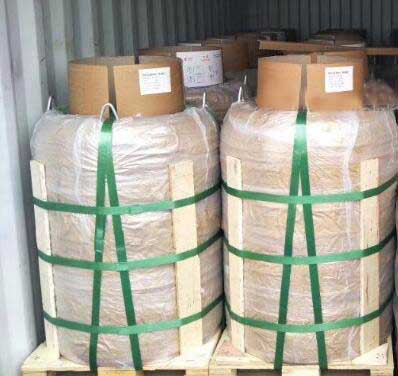Exploring MIG CO2 Welding Wires for Improved Performance and Efficiency in Metal Fabrication Applications
Understanding MIG CO2 Welding Wires
MIG (Metal Inert Gas) welding, also known as Gas Metal Arc Welding (GMAW), is one of the most commonly used welding processes in various industries. A vital component of this technique is the welding wire, particularly CO2 MIG welding wires, which play a critical role in determining the quality and efficiency of the welding operation. This article will explore the significance of CO2 MIG welding wires, their characteristics, applications, and benefits.
What is MIG CO2 Welding?
MIG welding utilizes a continuous feed of solid wire electrode, which is melted to join metal components. Unlike other welding methods that require external shielding gas, MIG welding often employs a gas mixture that usually contains carbon dioxide (CO2) or a combination of argon and CO2. The choice of shielding gas influences the weld's quality, penetration, and overall appearance.
Characteristics of CO2 MIG Welding Wires
CO2 MIG welding wires are typically made from mild steel, which is treated to ensure optimal welding performance. These wires have specific diameters, commonly ranging from 0.8 mm to 1.6 mm, catering to different welding requirements. Additionally, CO2 welding wires are often coated with deoxidizers to prevent the formation of oxides during the welding process, enhancing the weld's strength and integrity.
Advantages of Using CO2 MIG Welding Wires
1. Cost-Effective One of the primary advantages of using CO2 MIG welding wires is their cost-effectiveness. CO2 gas is less expensive than other shielding gases such as argon or helium, making this method an attractive option for budget-conscious projects without sacrificing quality.
mig co2 welding wires

2. Deep Penetration CO2 welding provides deeper penetration due to the different thermal characteristics of the gas. This is particularly beneficial for thicker materials, as it allows for better fusion and a stronger bond between the workpieces.
3. Versatility CO2 MIG welding wires can be used for various applications, including automotive repairs, construction projects, and manufacturing. Their versatility makes them suitable for both novice and experienced welders.
4. Low Spatter One of the concerns in welding is the amount of spatter produced during the process. CO2 MIG welding typically results in lower spatter, leading to cleaner welds and reduced post-weld cleanup times.
Applications of CO2 MIG Welding Wires
CO2 MIG welding wires find extensive application across various industries. In the automotive sector, they are used for welding body panels, frames, and other components that require durability and precision. In construction, these wires are utilized in fabricating steel structures and heavy equipment. The manufacturing industry also relies on CO2 MIG welding for creating parts and assemblies that demand high structural integrity.
Conclusion
In conclusion, CO2 MIG welding wires are an essential component of the MIG welding process, providing numerous benefits such as cost-effectiveness, deep penetration, versatility, and reduced spatter. Their significance in various industries cannot be understated, as they facilitate efficient and high-quality welding operations. As welding technology continues to advance, understanding the characteristics and applications of CO2 MIG welding wires will be crucial for welders aiming to produce superior results in their projects. With the right selection of welding wire and technique, professionals can ensure strong, reliable joints that meet the demands of modern manufacturing and fabrication. Whether for heavy industrial applications or small-scale repairs, CO2 MIG welding wires remain a go-to choice for many welding professionals.
-
E316L Welding Rod: Premium 316L Stainless Steel WeldsNewsAug.11,2025
-
Premium SG2 Welding Wire | High-Quality MIG/MAG for SteelNewsAug.10,2025
-
E309 Welding Electrode: Premium Stainless Steel Stick RodsNewsAug.09,2025
-
Premium Solid MIG Wire for Strong, Reliable WeldsNewsAug.08,2025
-
E6010 Cellulose Electrode: Deep Penetration Steel Welding RodNewsAug.07,2025
-
Premium E316L Welding Rod for 316L Stainless SteelNewsAug.06,2025


